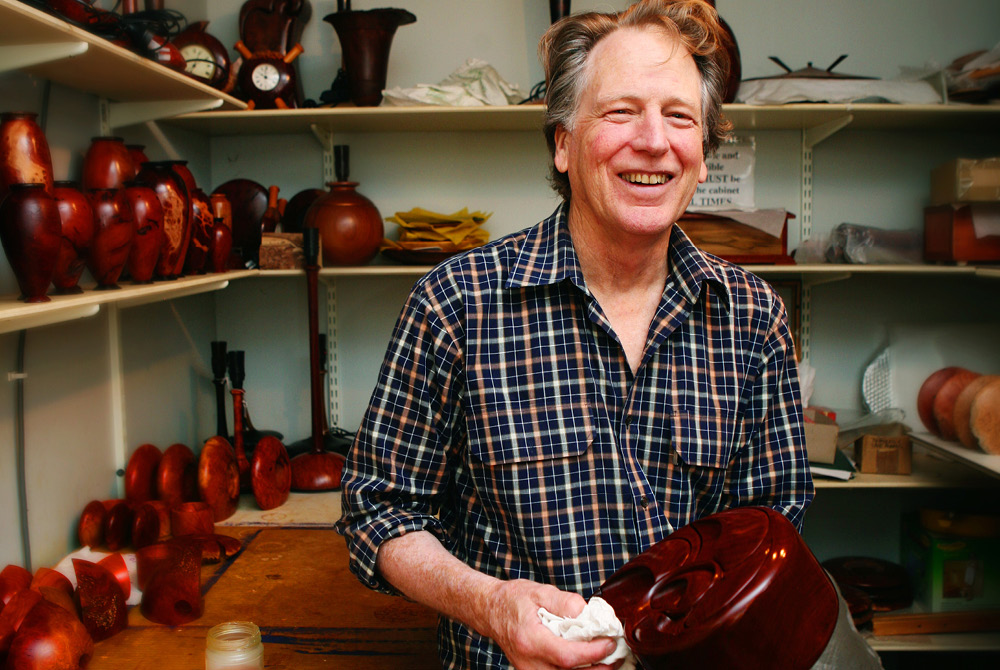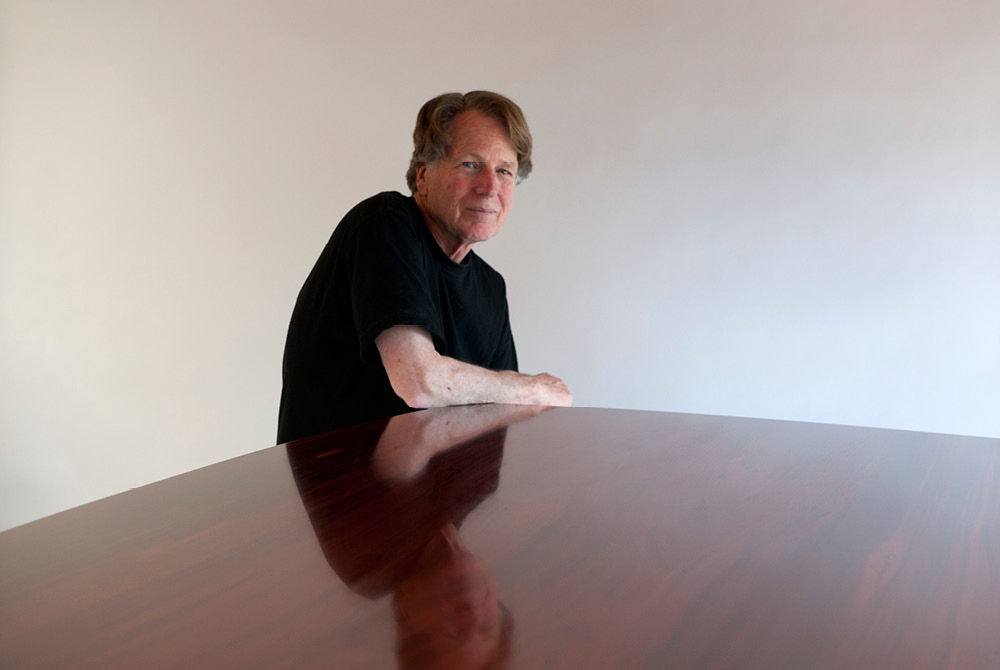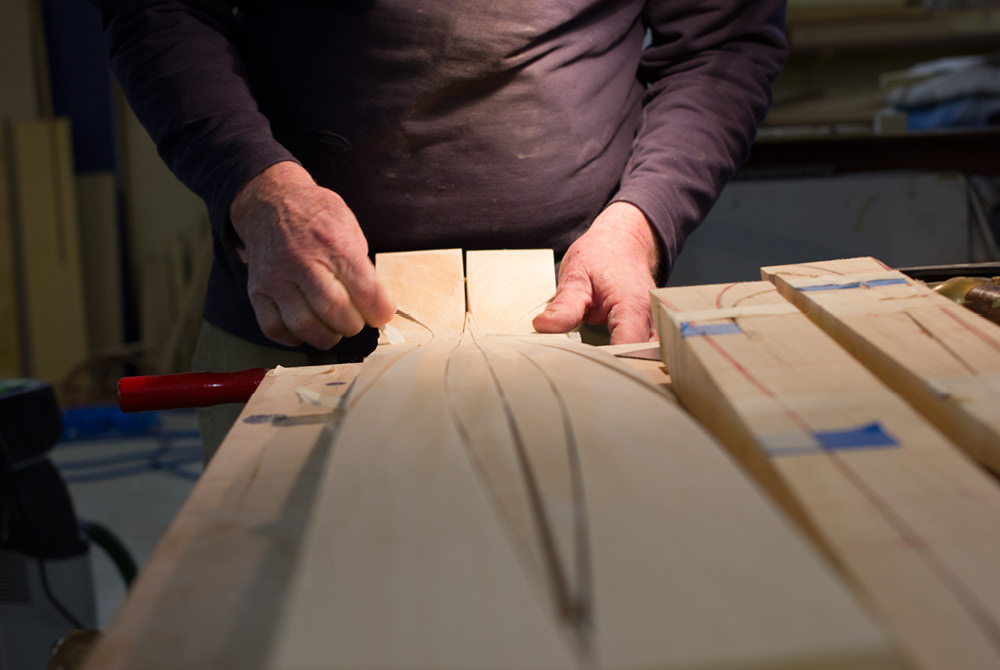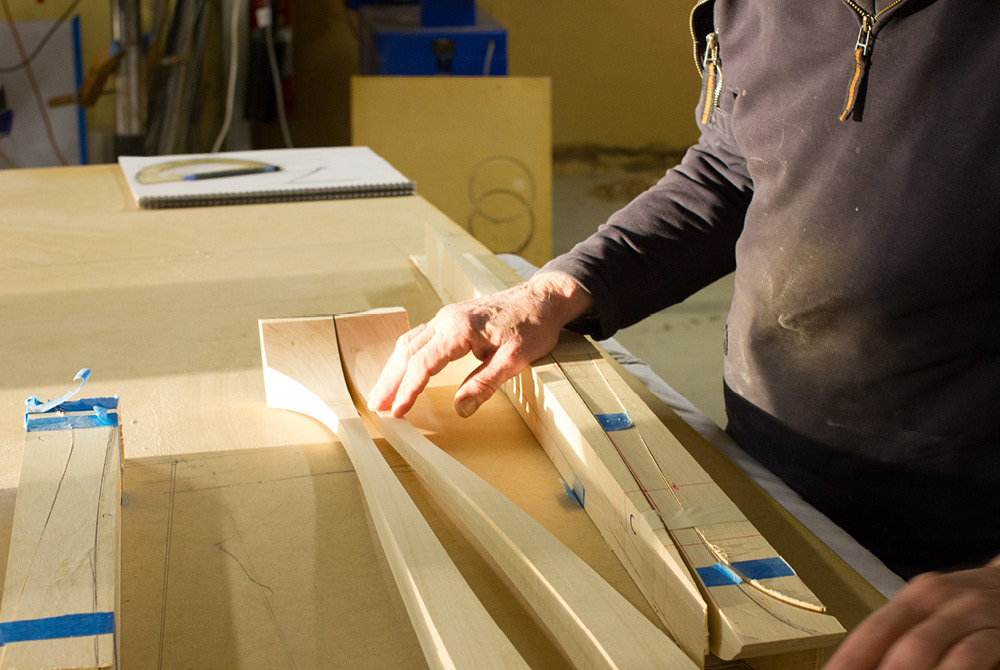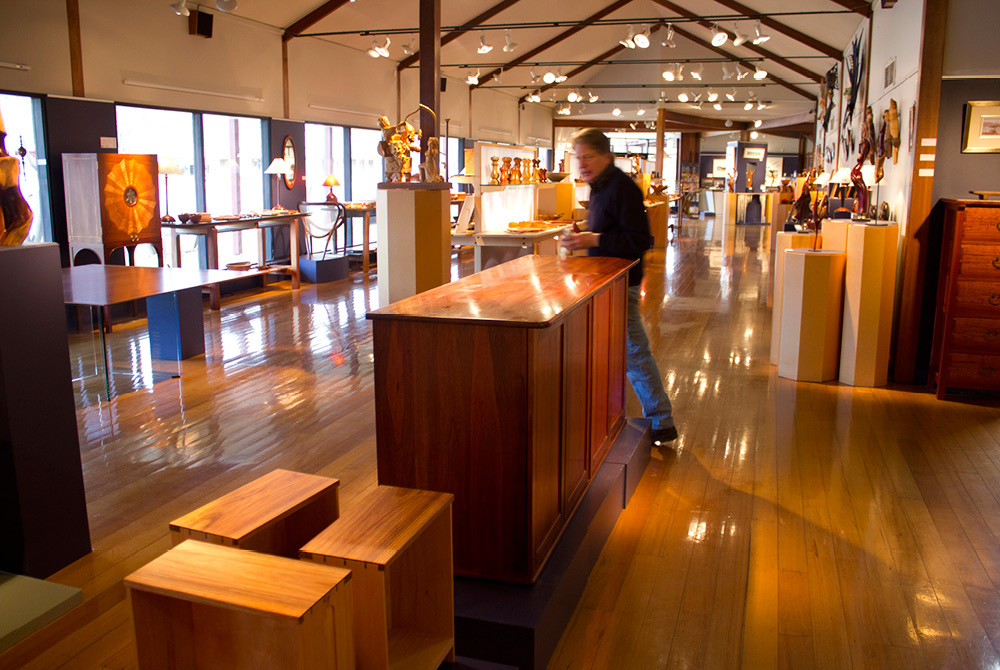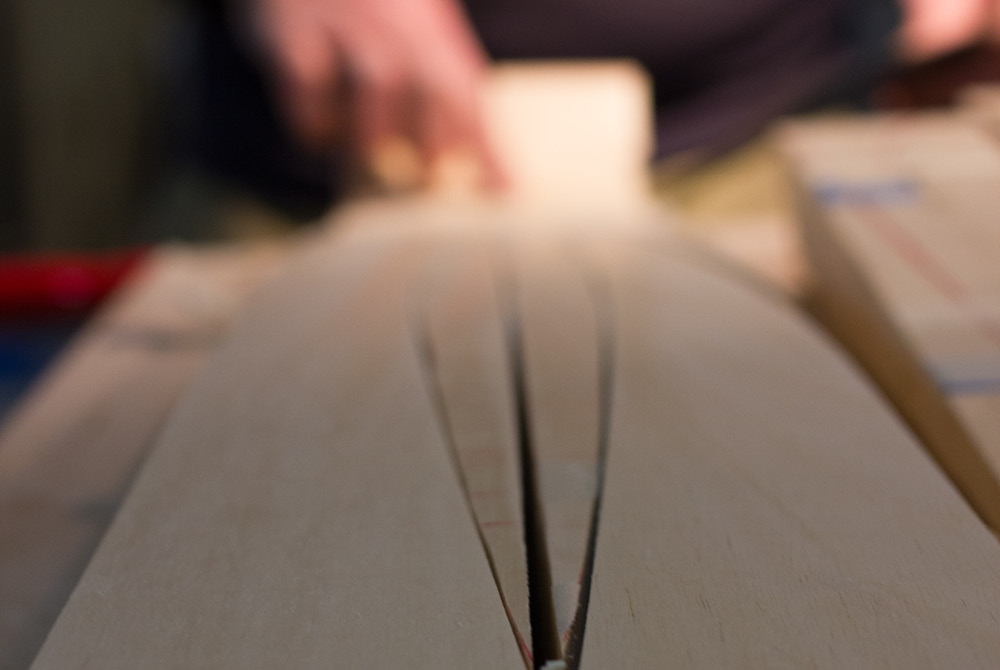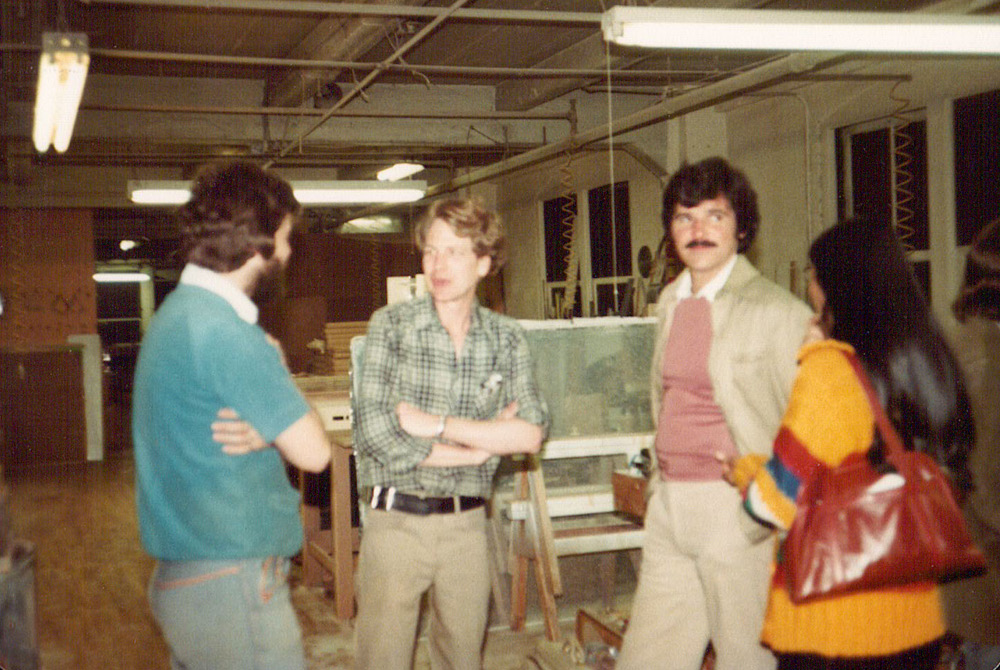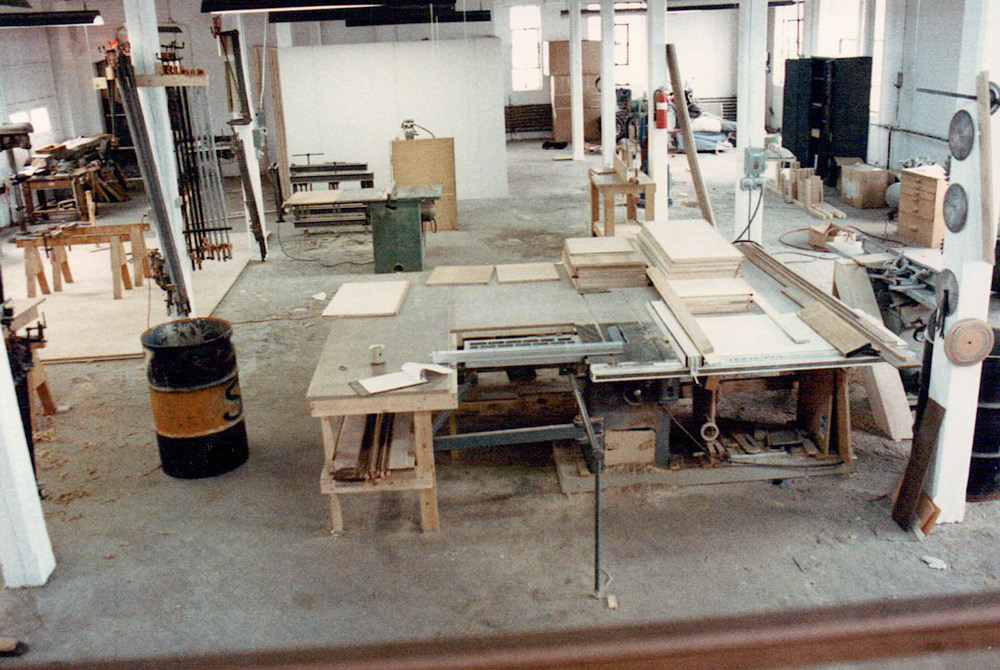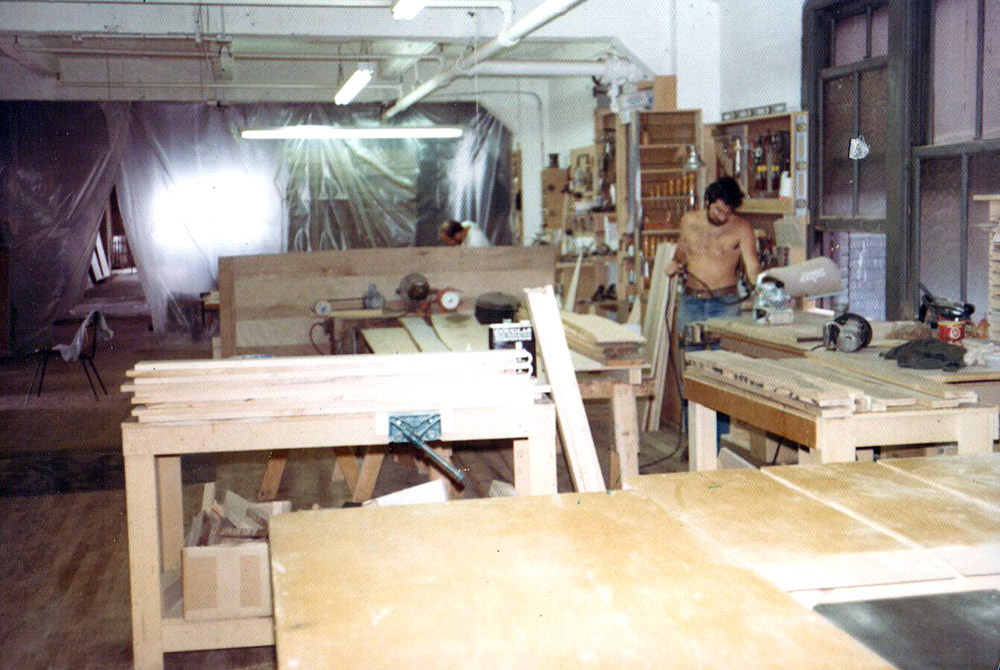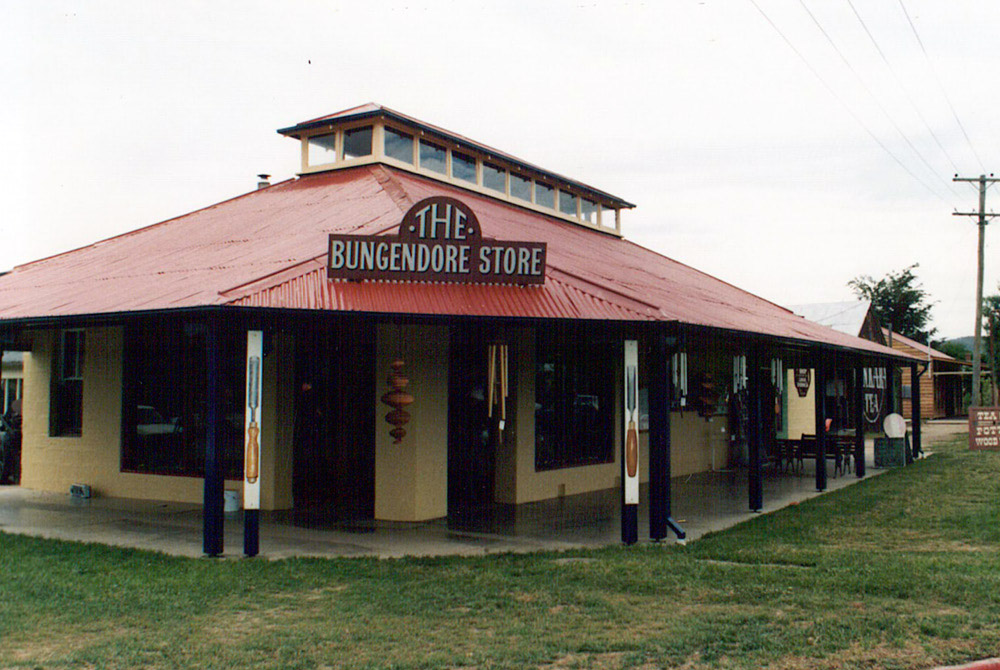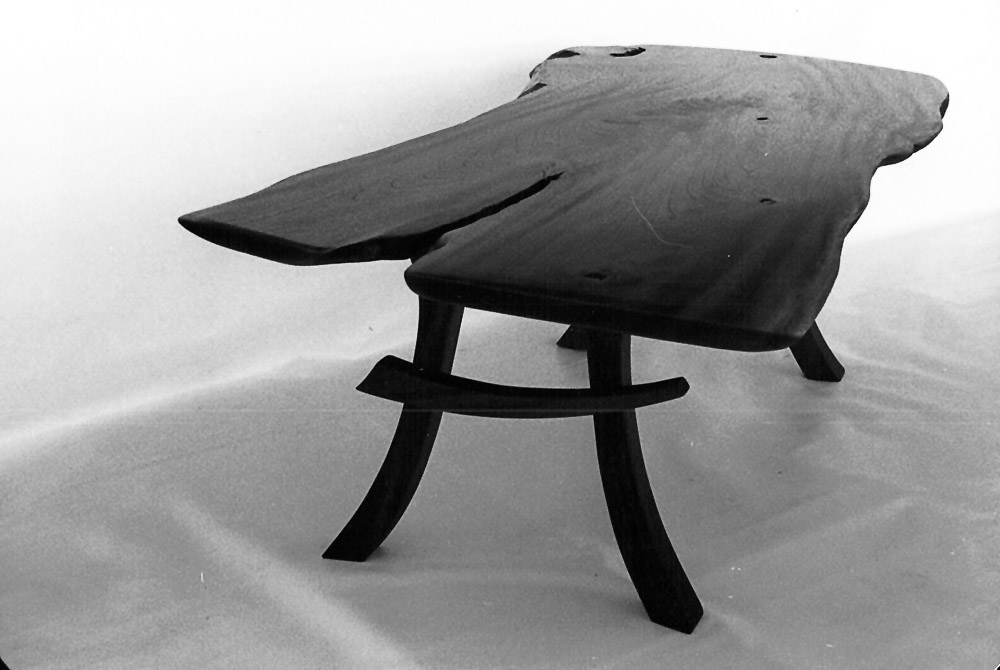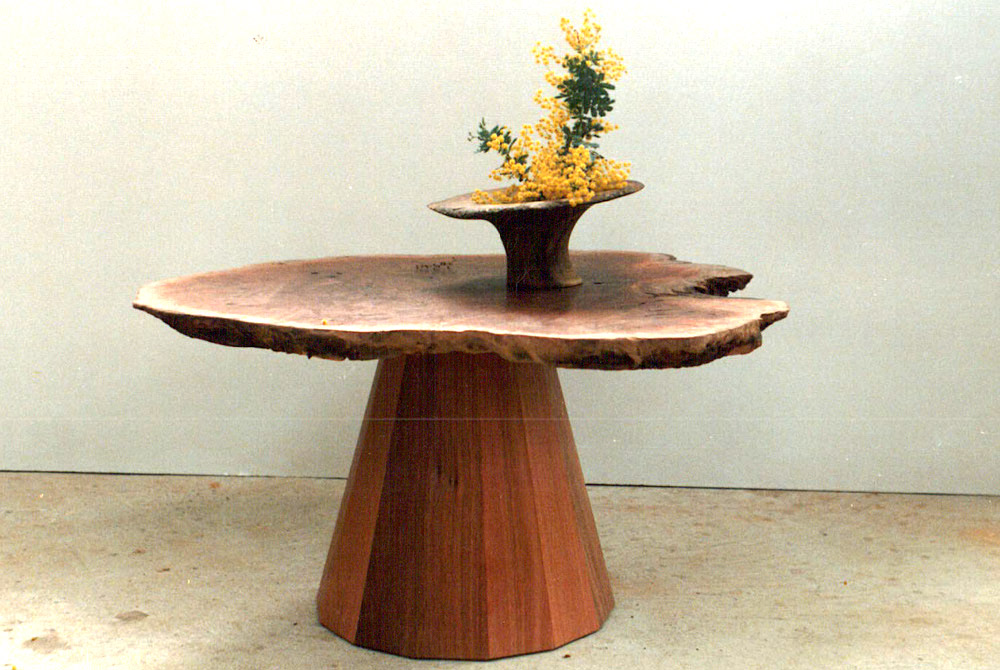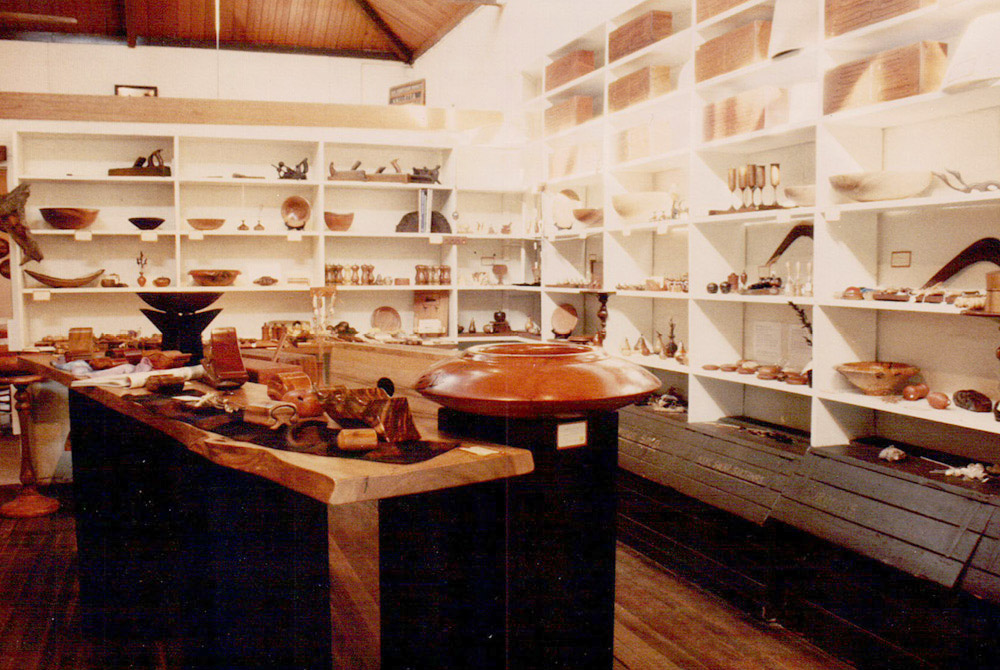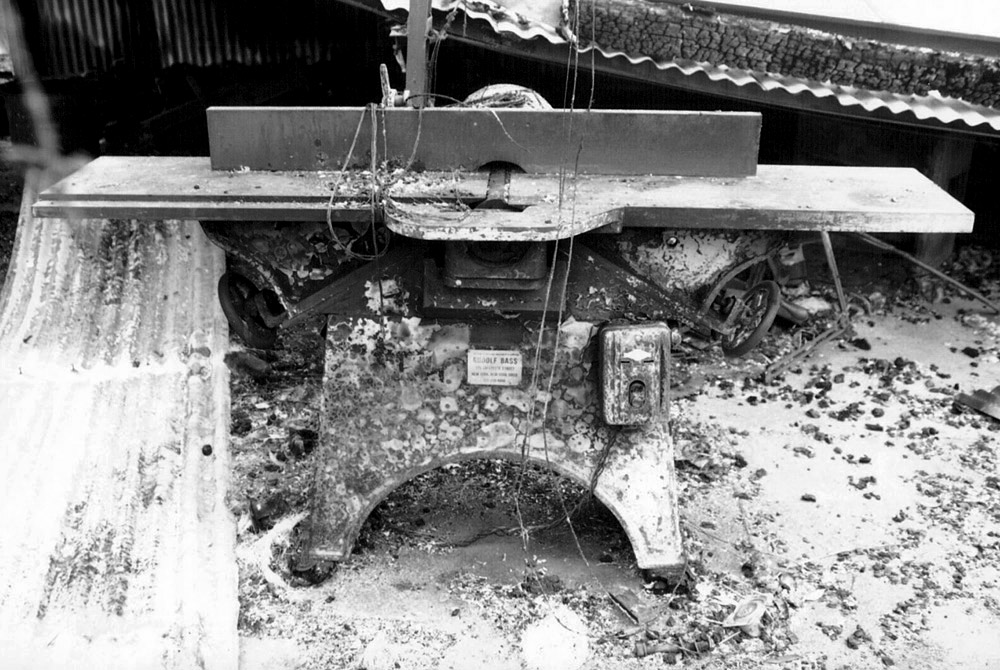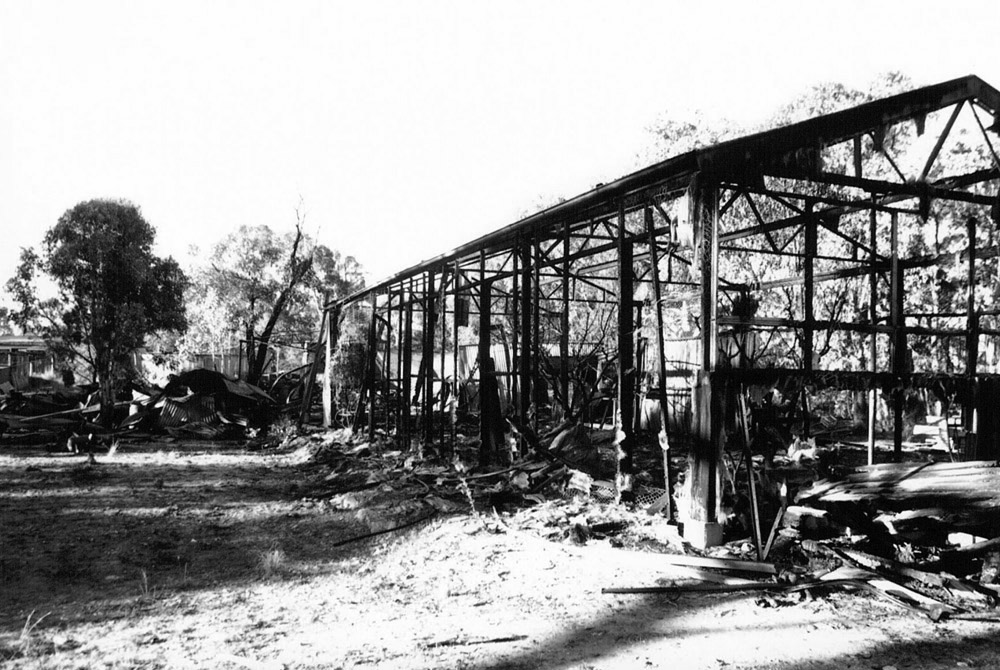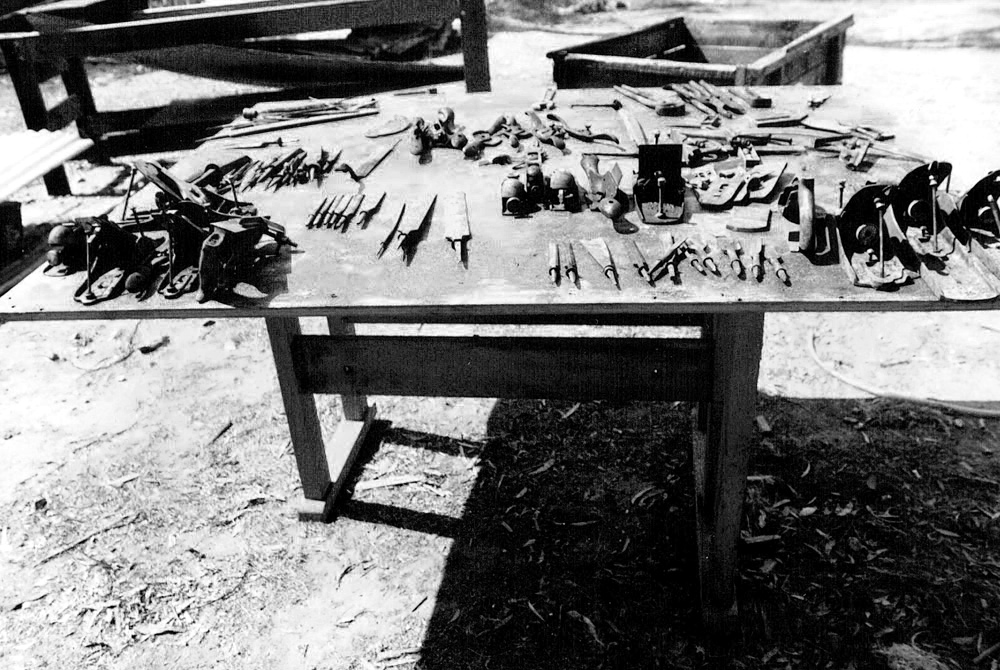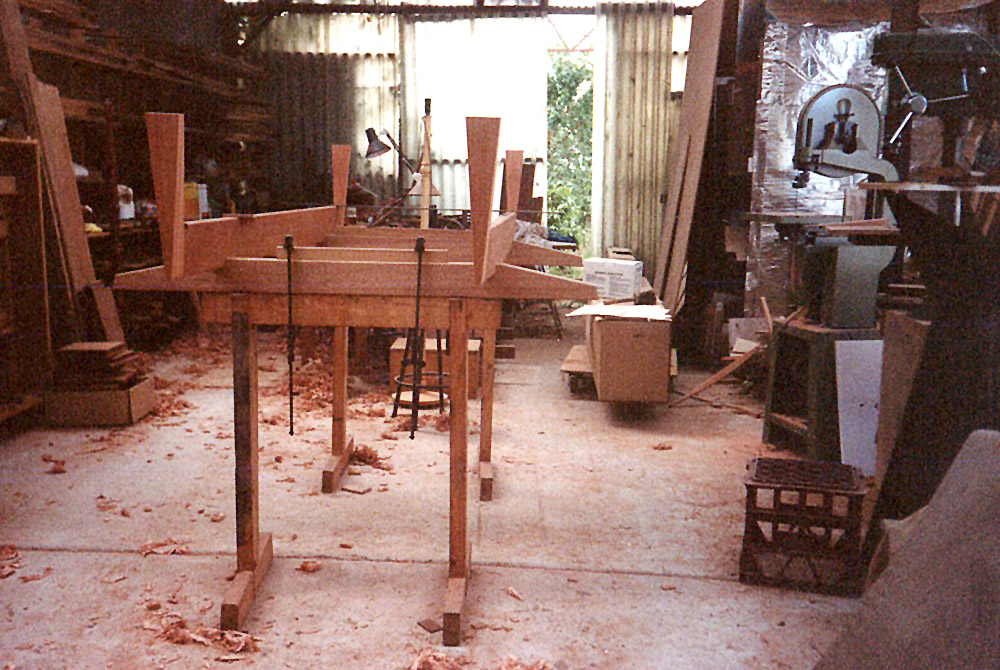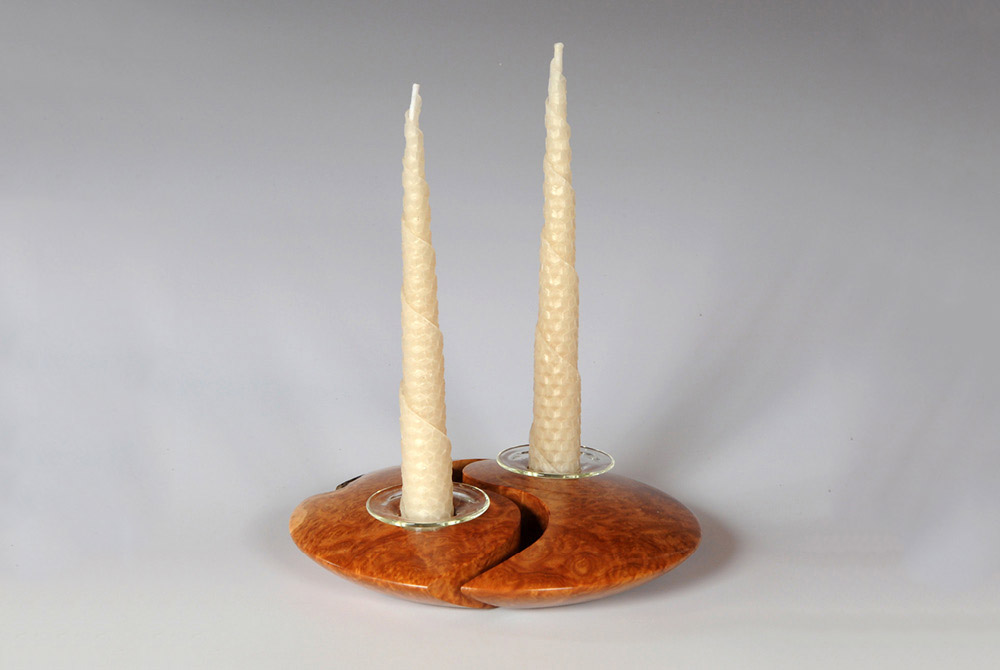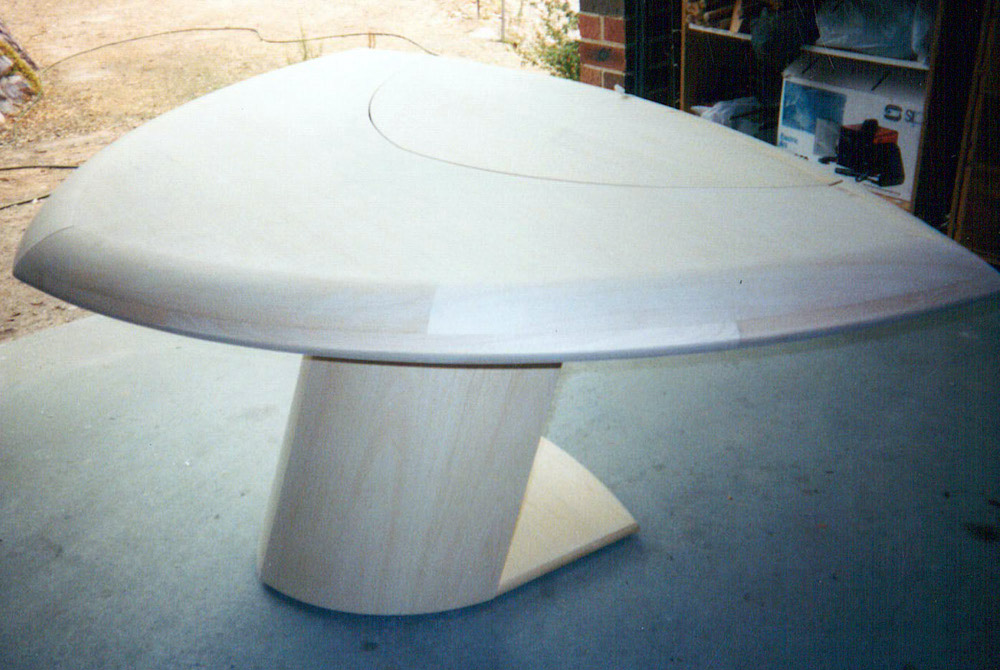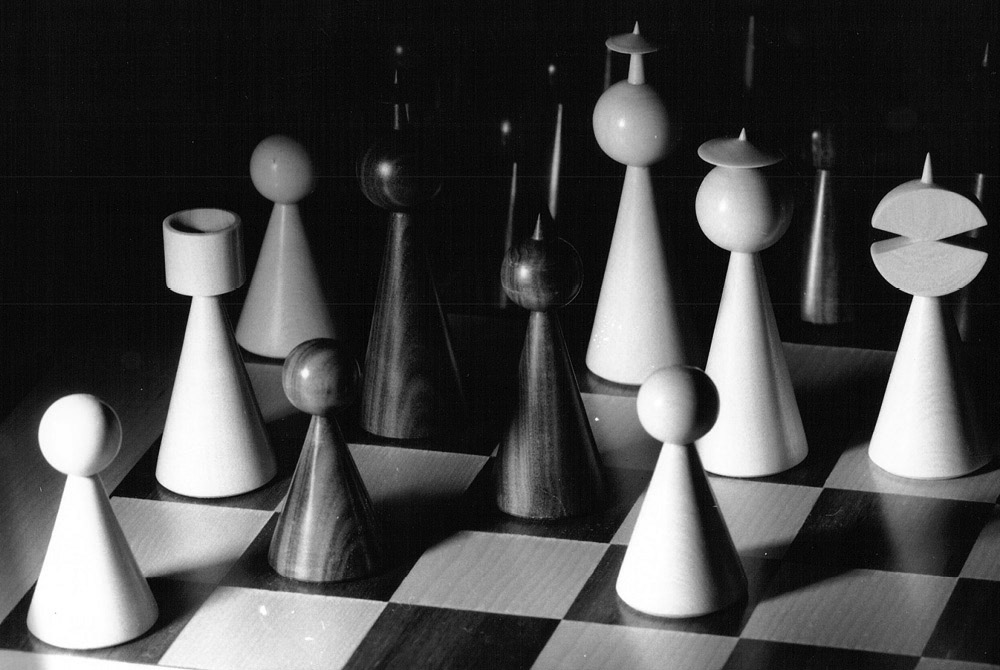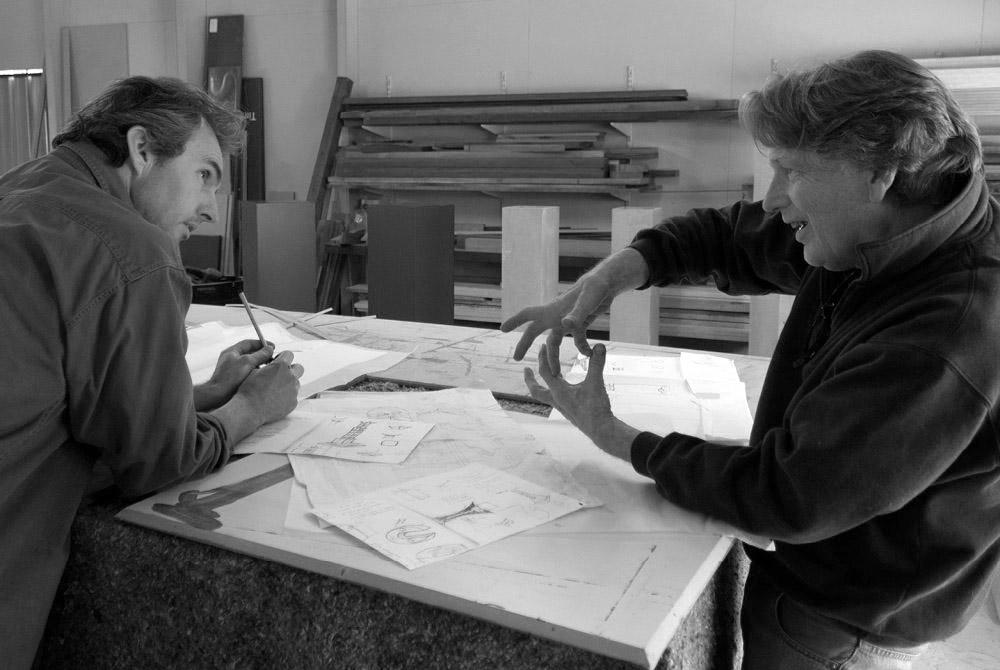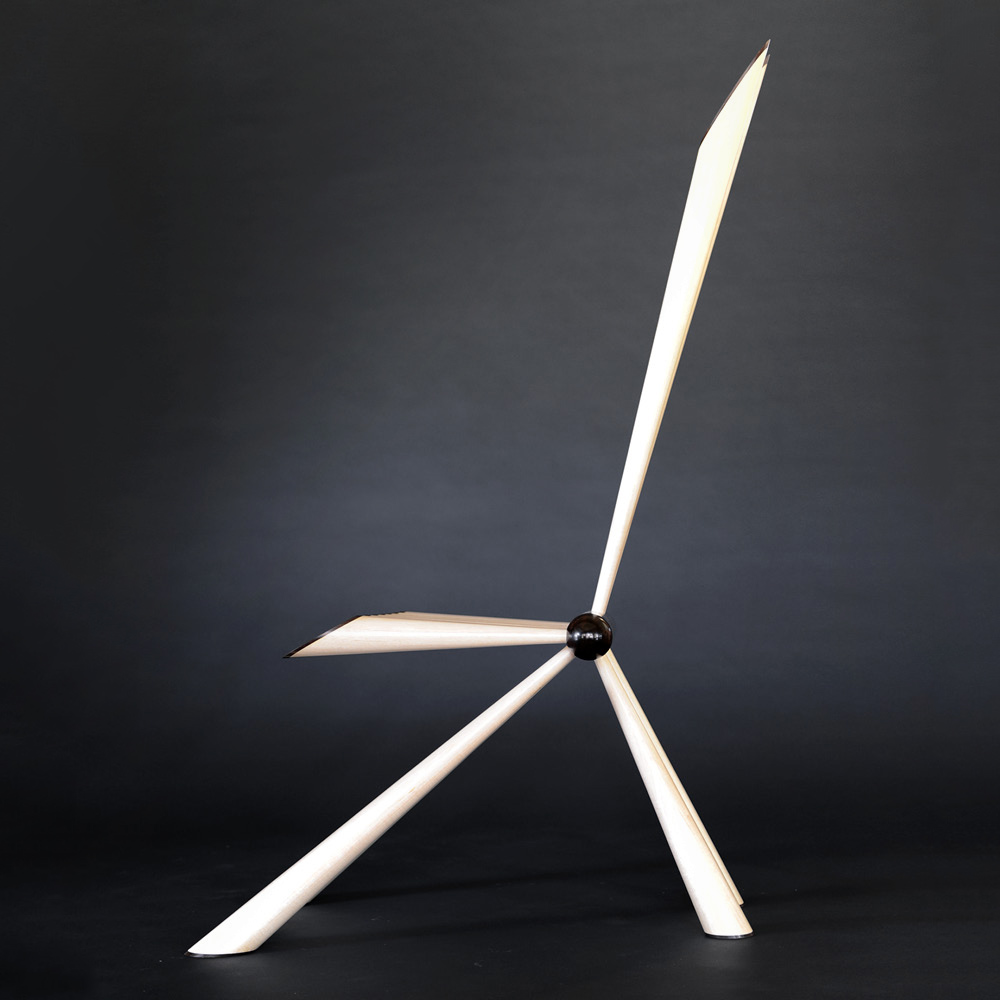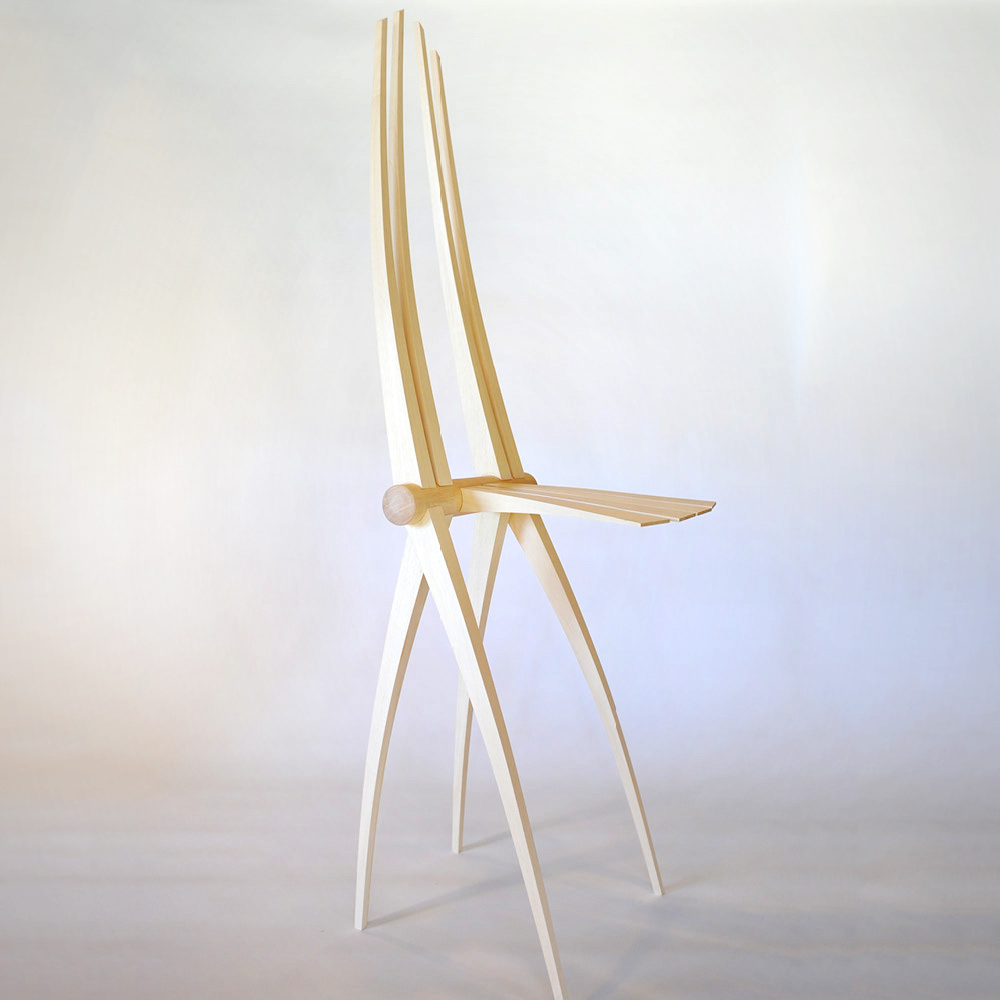David Mac Laren, Artistic Director and founder of Bungendore Wood Works Gallery, represents the epitome of the term “journeyman”.
He began that journey in 1973 on the corner of Manhattan’s Lexington Avenue and 27th Street when he responded to the classic ‘Help Wanted’ sign in a gallery called Impressions in Wood.
In the basement workshop he worked with up to seven male and female makers. All talked incessantly about woodworking techniques and design.
Mac Laren became possessed and obsessed with shaping timber and was hooked on woodworking, influenced by the natural edge furniture of George Nakashima and the stack laminated sculptural furniture of Wendell Castle.
After two years he moved on to a larger space with four other makers on the Lower East Side, just off the infamous Bowery. Building domestic furniture and kitchens from White Oak and Walnut, and fit-outs for architects, became the main game while always designing and making small items for craft fairs.
Mac Laren’s network of makers and experience with materials and techniques grew in those exciting times offering a superb education in the wood medium. In 1977 he left the US for the wide-open spaces of Australia settling near Bungendore in Southern NSW.
Armed with a quantity of American Black Walnut and a desire to create “a place for woodworkers to display their works, where diversity is encouraged and fine craftsmanship essential,” Mac Laren approached seven or eight makers from the region and asked them to produce a piece from the Black Walnut. In 1983 Bungendore Wood Works Gallery was born out of this exhibition of fine wood work in the heritage listed Bungendore Store building opposite the present day site.
The arrival of Englishman George Ingham (to head up the new Canberra School of Art Wood Workshop) and South African David Upfill Brown (who established a substantial workshop in Canberra) had a profound affect on the development of wood working in the region. The three formed a philosophical and working relationship, and together with the dynamics of successive art school graduates, gave rise to an authentic arts and crafts community, one of many emerging throughout the country at the time.
Twelve years ago a heart wrenching fire claimed his workshop, tools, timber and work in progress. All were lost. The charred remains of his machinery still displays the name, Rudolf Bass Machinery, New York City and the loss closed another chapter in Mac Laren’s journey. Philosophically it meant a time for review, for a change of direction perhaps.
Instead of rebuilding he decided to spend time developing working relationships with makers around the country. The journey continued from the Jarrah rich forests of Western Australia through the exotic softwood stands of northern NSW and Queensland to the ancient Huon Pine environments of Tasmania.
Recognising the simple, and at times, alternative life styles of dedicated woodies, Mac Laren decided to aid and abet those who shared his obsessive love of all things wooden. Realising the relationship with his fellow makers required sensitivity in encouraging them into a special partnership, he set about treating this as equal to, if not more important than, any eventual commercial outcome. He freely gave the designs he had developed over the years to makers and encouraged them to send him finely crafted pieces that he would display and sell in his new Gallery built in 1994.
In 2003, a new workshop emerged phoenix-like from the ashes, and a more limited and considered continuance of the maker’s journey began. This phase gave rise to new designs and prototype works laced with innovation and experimentation.
Mac Laren sees craft as a way of life that compliments the tourist ethos. His nationally and internationally renowned award winning Gallery offers visitors a genuine Australian arts and craft experience that aspires to be the de facto national collection of wood craft. The story of David Mac Laren parallels the development of fine wood working in Australia over the past thirty years. Where he and the gallery are today is where the standard and level of Australian woodworking is also.
What’s next for this intrepid artisan? Well, the journey simply continues. His fire in the belly attitude towards the passionate pursuit of his chosen medium can only continue to be constructive, addictive and persuasive.
stan d’Argeavel

